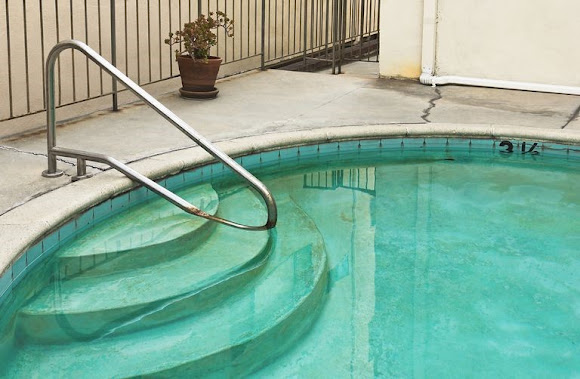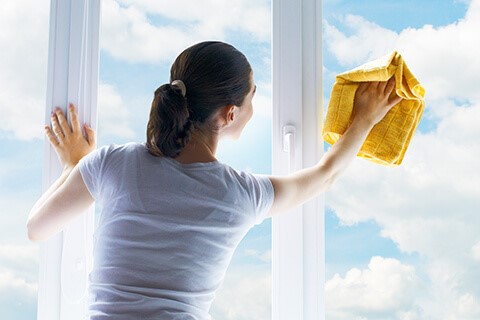Why Colored Pool Getting Dirt Easily and Plaster Turns White?
Dirt is among the components of a swimming pool that
contaminate it and make the water look murky. Colored pool water gets dirty for
different reasons, including what we will discuss here as a provider of pool maintenance services.
The event of the pool being situated around a windy location with dust can be a
factor in it getting dirty frequently. Debris, like dry twigs and leaves, can
also make the water contaminated. Keep debris, including dirt, from getting
into the water with a quality swimming pool cover. As a business location owner,
you may grow plants about the pool area and utilize mulching material for
keeping the soil in a moist condition. The soil can often attract debris to it,
thus keeping the water from becoming dirty and avoiding the need for swimming pool cleaning.
The use of faulty filters is another factor in the issue. If
worn out, there could be big gaps in your swimming pool filter, which lets
particles, including sand, go through. Thus, it could make the water dirty.
Does sand enter the pool in a way that is visible to your staff? If yes, it
could signify a broken or damaged lateral. For the uninitiated, the term
lateral refers to a pipe situated at the lowest part of the swimming pool tank,
with slits that let the water pass through. In the event of experiencing this
issue, you might have to hire a swimming pool maintenance company.
Now, we will address the second part of the question in the
title, which is about the pool plaster color becoming lighter. Known as white
spotting, the phenomenon sometimes occurs in new colored plaster swimming
pools. Usually, the smooth yet ugly white spots start appearing inside the
first 12 months of swimming pool plastering. In the past, pool maintenance industry
professionals mistakenly believed that aggressive swimming pool water brought
about the spotting issue. Later, improper swimming pool plastering practices were
discovered as the reason for the issue.
The main issues that contribute to it are: including calcium
chloride in the pool plaster mix, adding too much water to the surface of the
plaster when troweling, and excessively late troweling. As a swimming pool maintenance
provider, we know that the above-mentioned practices are improper, and that
these make a porous, softened and weakened surface in pool areas.
Troweling water back into a colored swimmingpool’s surface is a process that creates a component called laitance, and that brings about shrinkage, porosity, and microscopic cracking. The inclusion of the said calcium component in the pool plaster mix can also play a part in shrinkage and microscopic cracking. If specific plaster surface areas get porous and carbonated, then the spots could be lighter in color as compared to the denser surface around the areas. Now, you might be wondering how to fix the issue. Unfortunately, it is usually not possible for a provider of pool maintenance and other services to do so. That said, they may be capable of refinishing the pool to your utter satisfaction.


Comments
Post a Comment